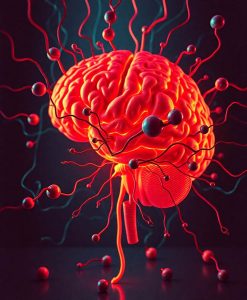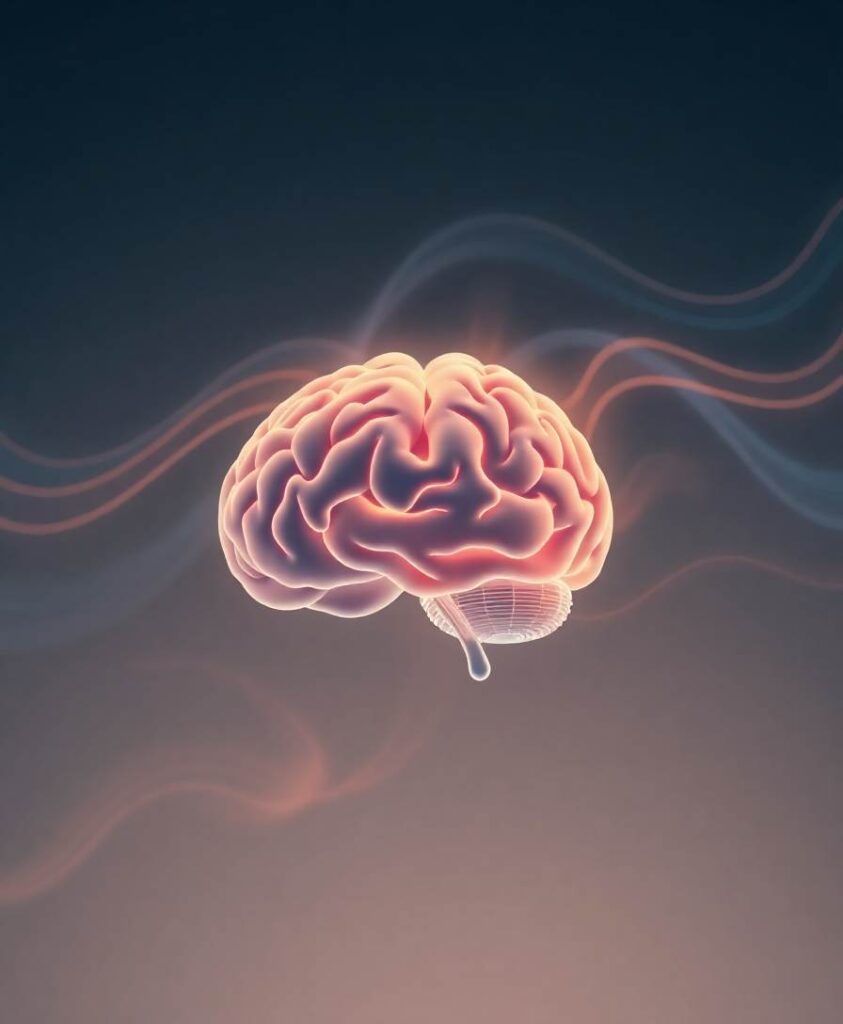Chronic pain can transform ordinary discomfort into an overwhelming experience that reshapes lives. As an exercise physiologist who studies human performance, I’ve seen how persistent pain disrupts not only physical movement but emotional resilience.
The Salk Institute’s groundbreaking research reveals something fascinating: our brains have a hidden neural circuit that essentially acts like an emotional volume control for pain. This isn’t about weakness or imagination—it’s pure neuroscience. By identifying specific neurons that amplify pain’s emotional impact, researchers are creating a roadmap toward more targeted, compassionate treatments for conditions like fibromyalgia, migraines, and PTSD.
Understanding this neural mechanism matters profoundly for anyone struggling with persistent pain. Imagine having a therapeutic approach that doesn’t just mask symptoms, but actually recalibrates how your brain processes pain signals. This research offers hope for more precise, personalized interventions that could dramatically improve quality of life—transforming pain from an uncontrollable force into a manageable experience.
How Understanding a Hidden Brain Circuit Can Transform Chronic Pain Treatment
Chronic pain conditions like fibromyalgia, migraines, and PTSD often feel like battles fought in the mind as much as the body. For years, doctors and researchers have struggled to decode why some individuals experience pain so profound that it becomes a defining part of their lives. Now, emerging neuroscience reveals a game-changing insight: a hidden brain circuit that amplifies pain by attaching an emotional weight to physical discomfort. Recognizing this neural pathway isn’t just a scientific breakthrough; it’s a critical pivot point for developing more effective, less addictive treatments that target the root cause rather than just managing symptoms.
For anyone living with persistent pain, the experience isn’t simply about the sensation,the emotional toll can be overwhelming, transforming everyday discomfort into a relentless, debilitating burden. This new discovery from the Salk Institute pinpoints a specific group of neurons that serve as the emotional amplifier for pain. Think of this circuit as an internal volume control,except instead of turning down the noise, it turns up the emotional distress, making pain feel unbearable and long-lasting.
Understanding how this brain circuit fuels conditions like fibromyalgia, migraines, and PTSD opens up a new avenue for intervention. Traditional treatments often rely heavily on medications that numb pain but come with risks: addiction, side effects, and limited efficacy over time. What if instead of masking pain, we could recalibrate the brain’s emotional amplifier? That’s the promise this research holds: a targeted approach that addresses the emotional component of pain, reducing suffering without the pitfalls of addictive drugs.
Why the emotional aspect of pain matters in managing chronic conditions
Many people with chronic pain report that the emotional suffering is often worse than the physical sensation itself. This isn’t a coincidence,scientists now know that specific neural pathways connect physical pain to emotional centers in the brain. When these pathways are hyperactive or dysregulated, ordinary discomfort can become a source of persistent misery. For conditions like fibromyalgia and migraines, where symptoms fluctuate unpredictably, this emotional amplification can turn manageable pain into an unrelenting ordeal.
The discovery of this neural circuit provides a precise target for intervention. Instead of broad-spectrum painkillers that dull the nervous system, future therapies could focus on modulating this emotional amplifier. By dampening the activity of these specific neurons, we could potentially lessen the emotional charge that makes pain unbearable, dramatically improving quality of life.
This is a critical shift from symptom management to addressing the underlying neural mechanisms that intensify pain perception. For patients, this means more effective relief, fewer side effects, and fewer risks of dependence on opioids or other addictive medications.
How neuroscience breakthroughs can lead to better, non-addictive pain therapies
The big takeaway from the Salk Institute’s breakthrough lies in its potential for revolutionizing chronic pain treatment. Imagine therapies designed to quiet this emotional pain circuit,similar to turning down the volume on a distressing sound. Such targeted interventions could include non-invasive brain stimulation, precision neuromodulation, or even future pharmacological agents that specifically inhibit the neurons responsible for emotional pain amplification.
This approach aligns with the broader goal of personalized medicine,treating the individual’s neural wiring rather than applying a one-size-fits-all therapy. For those living with fibromyalgia, migraines, or PTSD, this could mean a future where pain is less of a relentless enemy and more of a manageable symptom with a clear neural target.
By honing in on this hidden brain circuit that fuels pain’s emotional punch, researchers are paving the way for treatments that are more effective, safer, and ultimately transformative. It’s a shift that recognizes pain as both a physical and emotional experience,one that can be recalibrated at its neural source.
In the end, this discovery isn’t just about understanding pain better; it’s about empowering those who suffer from it with new hope,hope rooted in the science of the brain’s own wiring and its capacity for change.
Learn More: How a hidden brain circuit fuels fibromyalgia, migraines, and PTSD
Abstract: What if your brain is the reason some pain feels unbearable? Scientists at the Salk Institute have discovered a hidden brain circuit that gives pain its emotional punch,essentially transforming ordinary discomfort into lasting misery. This breakthrough sheds light on why some people suffer more intensely than others from conditions like fibromyalgia, migraines, and PTSD. By identifying the exact group of neurons that link physical pain to emotional suffering, the researchers may have found a new target for treating chronic pain,without relying on addictive medications.
Link: https://www.sciencedaily.com/releases/2025/07/250710113151.htm




